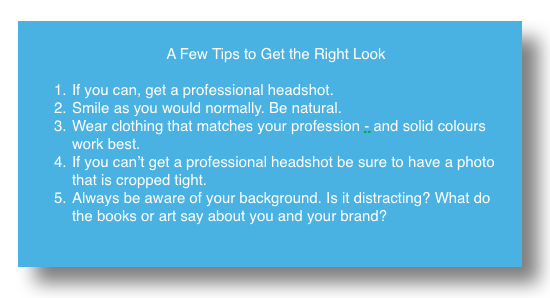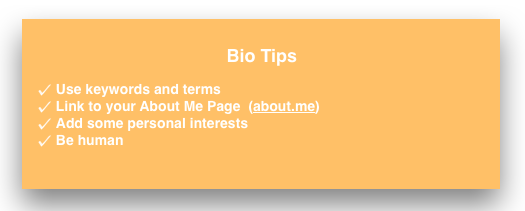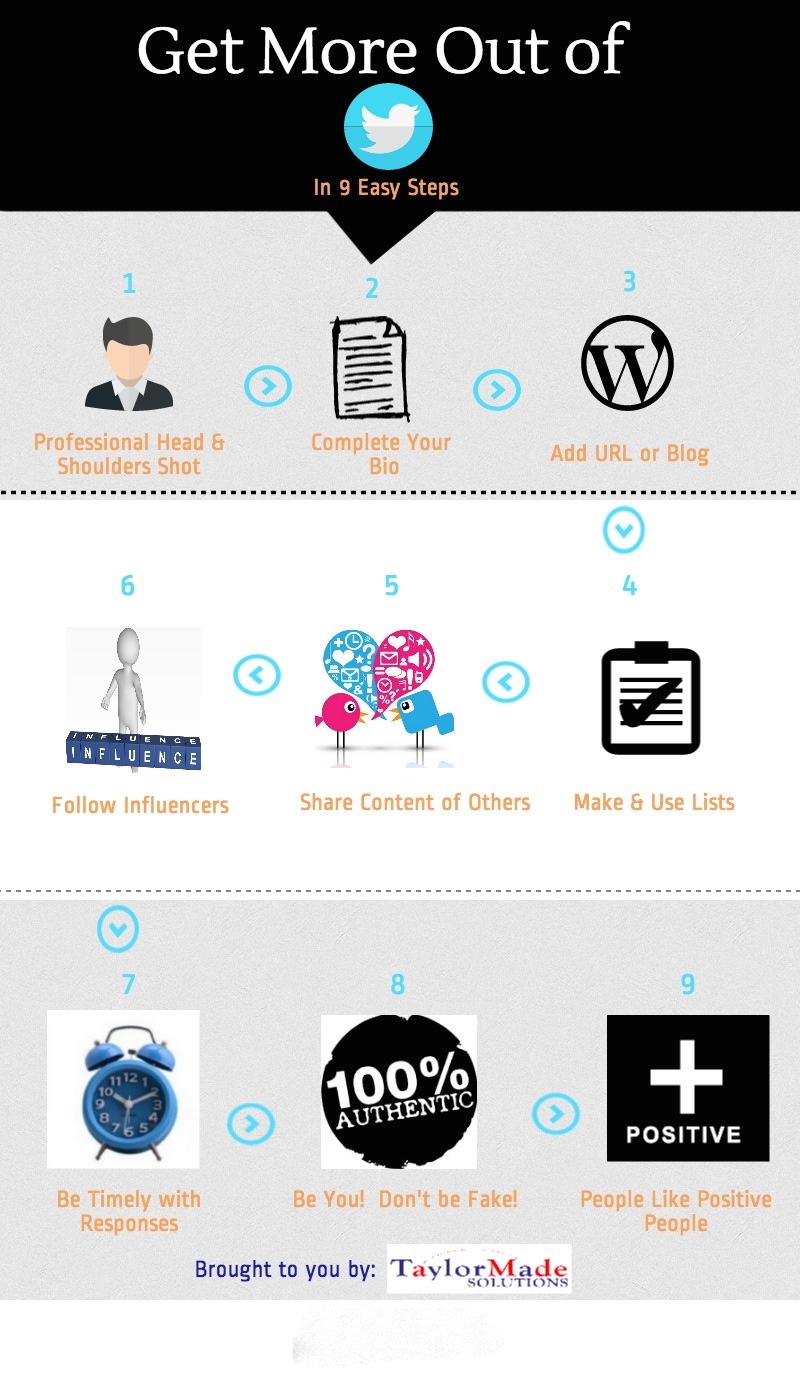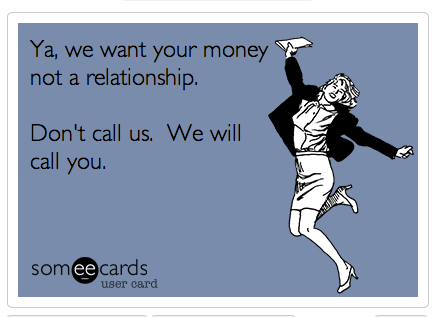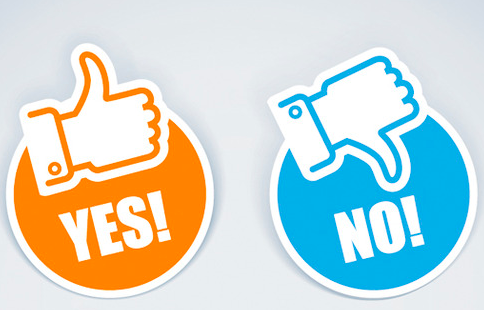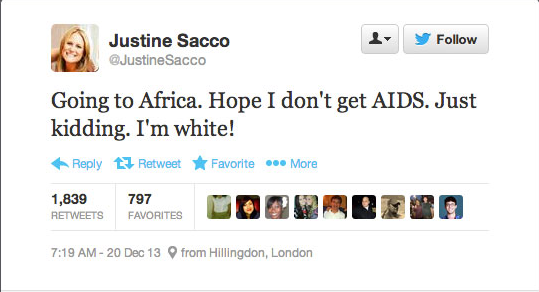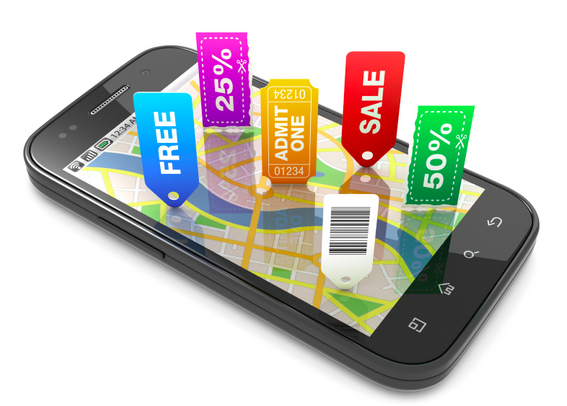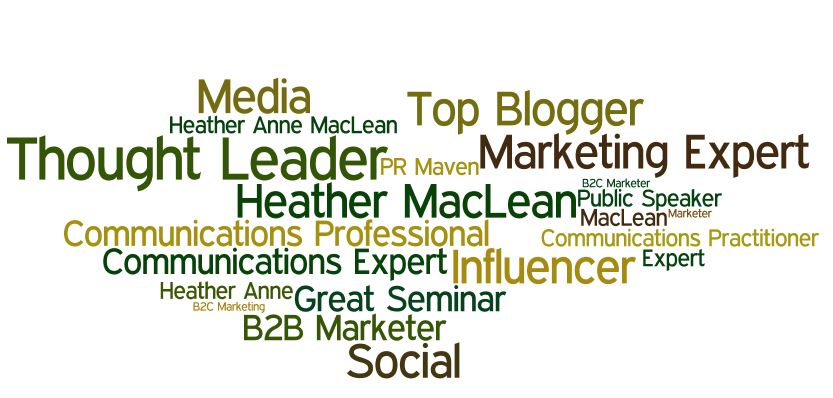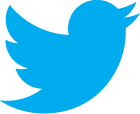It’s 2017, Why Are People Are Still Talking About Buying Twitter Followers?
Editor’s Note: This post was originally posted in 2016, but due to recent conversations, the date in the title was updated as it’s still very relevant.
Like words, numbers can matter. Everyone wants to be an influencer, but really it should send people running for the hills when it is suggested that you buy Twitter followers, and here’s why.
 I am a huge proponent of using the right words at the right time. Words can lift someone up, or destroy someone — that’s certainly what Donald Trump bets on, but I digress. Numbers, like words are important in the right context. As a Digital Strategist, I love that instant measurement available. It can validate quite quickly that I am on the right track or, that I am on the wrong path so I can pivot quickly. Everything from reach, to clicks to how long someone is on a page — and everything in between — is very valuable.
I am a huge proponent of using the right words at the right time. Words can lift someone up, or destroy someone — that’s certainly what Donald Trump bets on, but I digress. Numbers, like words are important in the right context. As a Digital Strategist, I love that instant measurement available. It can validate quite quickly that I am on the right track or, that I am on the wrong path so I can pivot quickly. Everything from reach, to clicks to how long someone is on a page — and everything in between — is very valuable.
Numbers, like words tell a story. People get very excited about a good story. Stories have the power to persuade — to influence. In business, government, academia and even non-profits, it really is all about influencing behaviour. Some will talk around this and try to “persuade” us that there is a bigger purpose, but in reality, let’s call a spade a spade. We want to influence you to buy a product or a service, vote for someone, choose a particular school or support “my” cause.
This of course is where things get tricky. I grew up hearing “figures don’t lie, but liars figure.” That might have been true at one point in time but we all know of, and heard about, what some affectionately deem “creative accounting.” Numbers like words can be used as a weapon. Why do you think that polling results are so important? The questions you have to ask yourself however is: who commissioned the poll? When was the poll taken? Who participated? What point in time did it cover ? Remember polls or surveys capture information at a given time — they are a snapshot of “that specific” point in time. That could be good or bad for the particular polling subject.
So this takes me to Twitter followers (and other social media channels). The more followers one has, the more influence one is supposed to have. That is ONLY true however if your followers are real. I mean, come on, how can you influence behaviour or a change in behaviour if your followers are not actually real!
Trust has never been more important. The same goes for authenticity. We want to trust and we want to believe in people who are authentic. So, imagine that you have gained some level of influence because you have a great Twitter following. Perhaps you talk about how important it is to be authentic.
So, what happens when someone decides to check just how influential you really are, and how authentic you are by using a simple and free tool such as Twitter Audit. You might think, who cares? Well, if your followers turn our to be mostly fake, one can ask what else you are making up?
If trust and authenticity really matter, then walk the talk. Don’t say one thing to “look” or “sound” good, and then do another. Actually live and demonstrate what it is like to be trustworthy and authentic. By choosing to NOT buy Twitter followers demonstrates that you are truly authentic!
This of course is my opinion! If you want to learn more about marketing best practices, check out my other posts.


